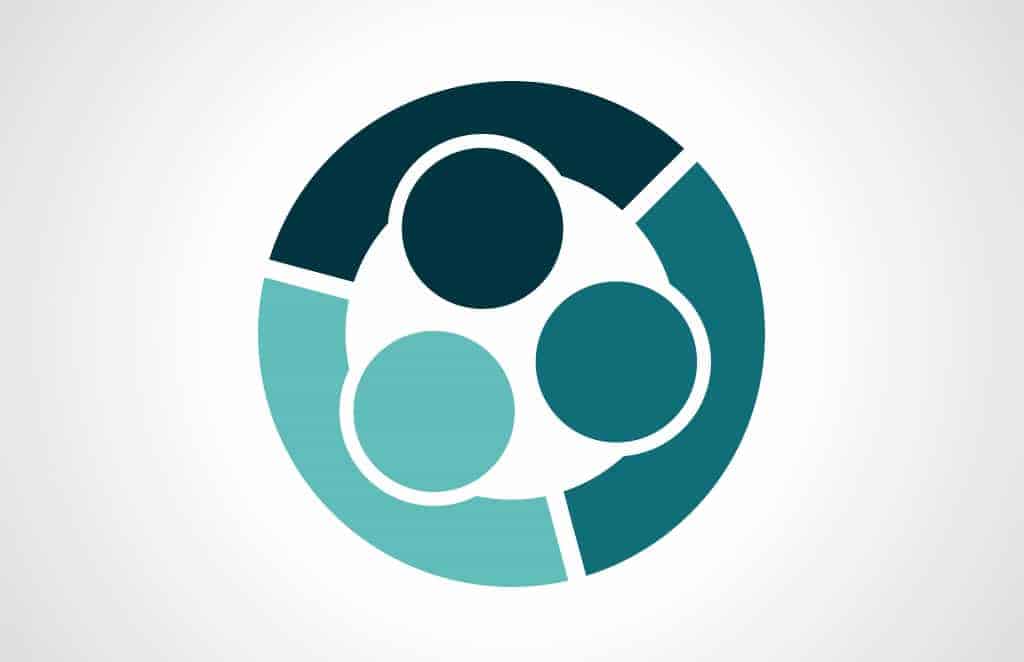TES are working on numerous projects and frameworks were collaboration is key to achieving a successful project outcome by encouraging effective engagement, dialogue and network building throughout all stages of the project.
In order to ensure effective project collaboration TES have found using a structured approach via Collaborative Working Groups an effective solution. These working groups bring together key players in the project, at regular intervals, in order to optimise programme outcomes. The working group helps to agree targets that all project activities (including design, procurement and construction) will be aligned and managed to. TES have found engaging in collaborative groups provides a highly visible way of getting all project stakeholders involved, to understand their individual activities and equally import their interdependencies.
An additional method utilised by TES to effectively foster a collaborative approach has been via ‘plan for stage’ meetings, whereby issues are raised early, the design is front loaded, early risk analysis is undertaken, all disciplines (including but not limited to process, MEICA, Civil) provide input in terms of innovations and cost savings and all parties feed in to the programme of works. This multi-disciplined and highly regulated approach has provided substantial benefits in terms of innovative solutions, reduced programmes, reduced H&S issues, effective management of environmental concerns and the creation of a mutually beneficial and open platform for information sharing and cross communication.
Engaging the right people, with the right attitude is crucial to collaborative success. Staff appointed to the project must understand and share the values, objectives and strategic pillars. Clearly defined roles and responsibilities must be provided and effective reporting, monitoring and actioning of project KPIs should be undertaken. TES utilise BIM 360 in order to allow us to create, share and collaborate project design information with our multi-discipline MEICA and Civils design teams.
In all our Contracts, TES aim to develop a collaborative work ethic with our Clients, Stakeholders and supply community. We do this by appointing a dedicated Contract Manager responsible for enabling a proactive collaborative relationship by ensuring:
- Participation in Collaborative Meetings to promote technical dialogue and innovation
- Mutually beneficial objectives are clearly established
- Our staff understand contract goals through internal team and individual briefings
- Team member’s active participation in contract workshops
- Clearly defined roles, reporting structures and responsibilities
- KPIs relating to contract objectives are closely monitored
- Regular contract, design & site meetings and reviews
- Development of informal personal relationships, cross framework and supply community
- Building of trust by doing what we said we would do, on time
- Team members raise issues early and put forward ideas in a no-blame culture
- Issues are resolved at the lowest possible level of authorisation
- Open and honest communication and feedback.
The results are that collaboration provides a platform on which a wide range of benefits can be achieved including the following:
- Total Cost of Ownership
- Cost savings
- Cost avoidance
- Risk & Reward
- Reduced contingencies
- Reduced claims
- Cycle time
- Faster engagement
- Reduced time to market
- Improved planning
- Shorter programmes
- Reduced overruns
- Operating processes
- Increased efficiency
- Reduced duplication
- Faster decision making
- Improved integration
- Reduced conflict
- Resources
- Optimised resources
- Reduced management
- Enhanced capability
- Improved competencies
- Improved behaviours
- Specification / Scope
- Better value for money
- Optimised standards
- Integrated solutions
- Increased innovation
- Joint R&D
- Performance
- Client confidence
- Increased effectiveness
- Reduced risk
- Greater sustainability
- Increased market reach

